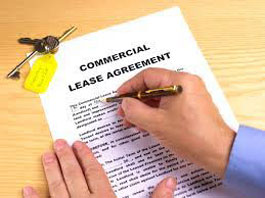
I’ve talked with hundreds of small retailers over the last two years that are experiencing very tough times. This has caused many of them to consider a store closing sale or going out of business sale.
One of the first questions they ask is, “What about my lease”. My suggestion to them is to look at the fine print in their lease. With a little luck it will contain a clause that is relatively common in many retailer’s leases. It is the “co-tenancy clause”. It allows for tenants to demand cuts in rent or even penalty-free pullout if key tenants or a specific number of stores leave the mall or strip center.
The breach of a co-tenancy clause typically allows the retailer to pay as little as half of the rent while the landlord searches for a new tenant (it’s now much tougher to find that new tenant) and if one is not found within the specified grace period, the retailer can break its lease without the usual cancellation fee.
Rent is among the largest expenses for a small retailer. As sales continue to decline, the fixed cost of rent eats away at the already thin profit margin or increases the losses that the small retailer is experiencing.
Bankruptcies of major national and regional retailers led to many mall and strip center vacancies. In 2017, at least 27 major retailers filed for bankruptcy protection. So far in the first half of 2018, another 13 have followed according to Bankruptcy.com.
The decision on what to do about their lease has always been a major concern for small retailers considering closing their store and running a going out of business sale. The abrupt increase in the number of national chains closing retail store fronts has made the enforcement of a co-tenancy clause a possible out for the small local retailer.
As always, when dealing with legal issues like leases, I always recommend that you consult with a lawyer.
